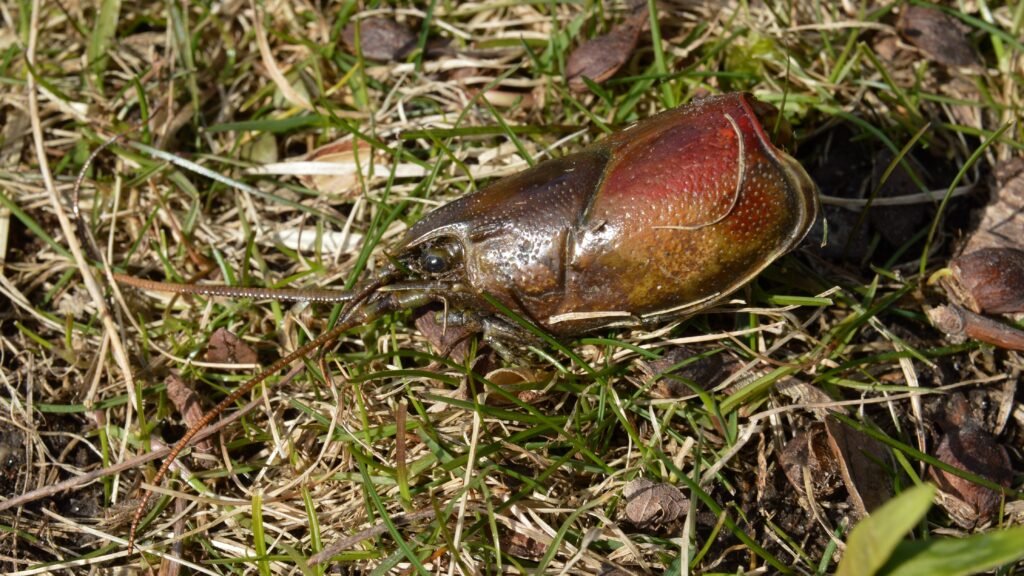Imagine peering beneath the surface of Michigan’s shimmering lakes, only to discover creatures so bizarre, so outlandish, they could be extras from a science fiction blockbuster. Yet these invaders are very real — and their impact is anything but make-believe. With their armored bodies, wild colors, and strange behaviors, invasive species are turning Michigan’s waters upside down, threatening everything from native fish to cherished summer traditions. Their presence is a wake-up call, a reminder that even the most peaceful waters can hide fierce battles for survival. Step with me into this underwater drama, where alien-like intruders are rewriting the rules, one ripple at a time.
The Alien-Looking Menace: Zebra Mussels

Zebra mussels seem harmless at first glance—tiny, striped shells clinging to rocks and boats. But their impact on Michigan’s waters is catastrophic. These mussels, native to Eastern Europe, first arrived in the Great Lakes by hitching rides in ship ballast water. Once settled, they reproduce at jaw-dropping rates, forming dense colonies that blanket everything from docks to native mussel beds. Their filter-feeding clears water, making lakes deceptively beautiful, while starving native species and disrupting food chains. Zebra mussels also clog water pipes and damage boats, turning simple summer fun into expensive headaches. Their uncanny resilience and rapid spread make them feel almost unstoppable, like an army of tiny invaders with a stubborn attitude.
Quagga Mussels: The Silent Siblings
Quagga mussels, close cousins to zebra mussels, are just as sneaky and devastating. Unlike their zebra-striped relatives, quagga mussels prefer deeper, colder waters, enabling them to colonize even the darkest lake bottoms. This adaptability makes quaggas even more insidious, as they outcompete native mussels and alter nutrient cycles far below the surface. Their presence has led to sharp declines in native fish, which depend on healthy benthic environments. Quagga mussels’ ability to thrive where others can’t is both remarkable and troubling, a testament to the unpredictable power of invasive species.
Round Goby: The Bold Bottom-Dweller

If you’ve ever seen a round goby, you’ll remember its bulging eyes and thick, frog-like body — a fish that looks like it’s plotting something. This invasive fish, originally from Eurasia, arrived in Michigan’s waters much like the zebra mussel. Round gobies are aggressive, muscling out native fish for food and territory. Their appetite for native eggs and invertebrates sends shockwaves through the ecosystem, jeopardizing species like smallmouth bass and darters. What’s most shocking is their sheer adaptability; round gobies thrive everywhere from rocky shallows to muddy riverbeds, showing a tenacity that’s almost admirable if it weren’t so destructive.
Spiny Water Flea: The Tiny Terror

Spiny water fleas might sound cute, but these minuscule creatures are anything but friendly. With their transparent bodies and long, barbed tails, they look more alien than aquatic. Spiny water fleas feed voraciously on zooplankton, outcompeting native species and leaving young fish with little to eat. Anglers curse them for gumming up fishing lines with sticky clumps, a nuisance that hints at the much bigger ecological problems they cause. Their rapid reproduction and resistance to predation (thanks to those spiny tails) make them one of the trickiest invaders to control. It’s hard to believe something so small could cause so much trouble.
Rusty Crayfish: The Unstoppable Claw Machine

Rusty crayfish might remind you of tiny lobsters with attitude. Native to the Ohio River basin, they were likely introduced by careless anglers using them as bait. Rusty crayfish are voracious eaters, mowing down aquatic plants and ambushing native crayfish with their powerful claws. Their aggressive nature means they quickly take over, driving native crayfish populations to collapse. These invaders turn once-thriving underwater meadows into barren wastelands, robbing fish and waterfowl of food and shelter. They’re like underwater bulldozers, remaking the landscape to suit their own needs.
Eurasian Watermilfoil: The Tangled Terror

Imagine diving into your favorite Michigan lake, only to get hopelessly tangled in long, feathery weeds. That’s the reality where Eurasian watermilfoil takes hold. This invasive plant forms dense mats on the water’s surface, choking out native vegetation and turning swimming or boating into a slog. Eurasian watermilfoil spreads rapidly—fragments can hitch a ride on boat motors or trailers, starting new infestations miles away. Its ability to outcompete native plants means entire ecosystems are transformed, with fish and invertebrates losing vital habitat. It’s a silent invader, quietly suffocating the life below.
Sea Lamprey: The Real-Life Vampire
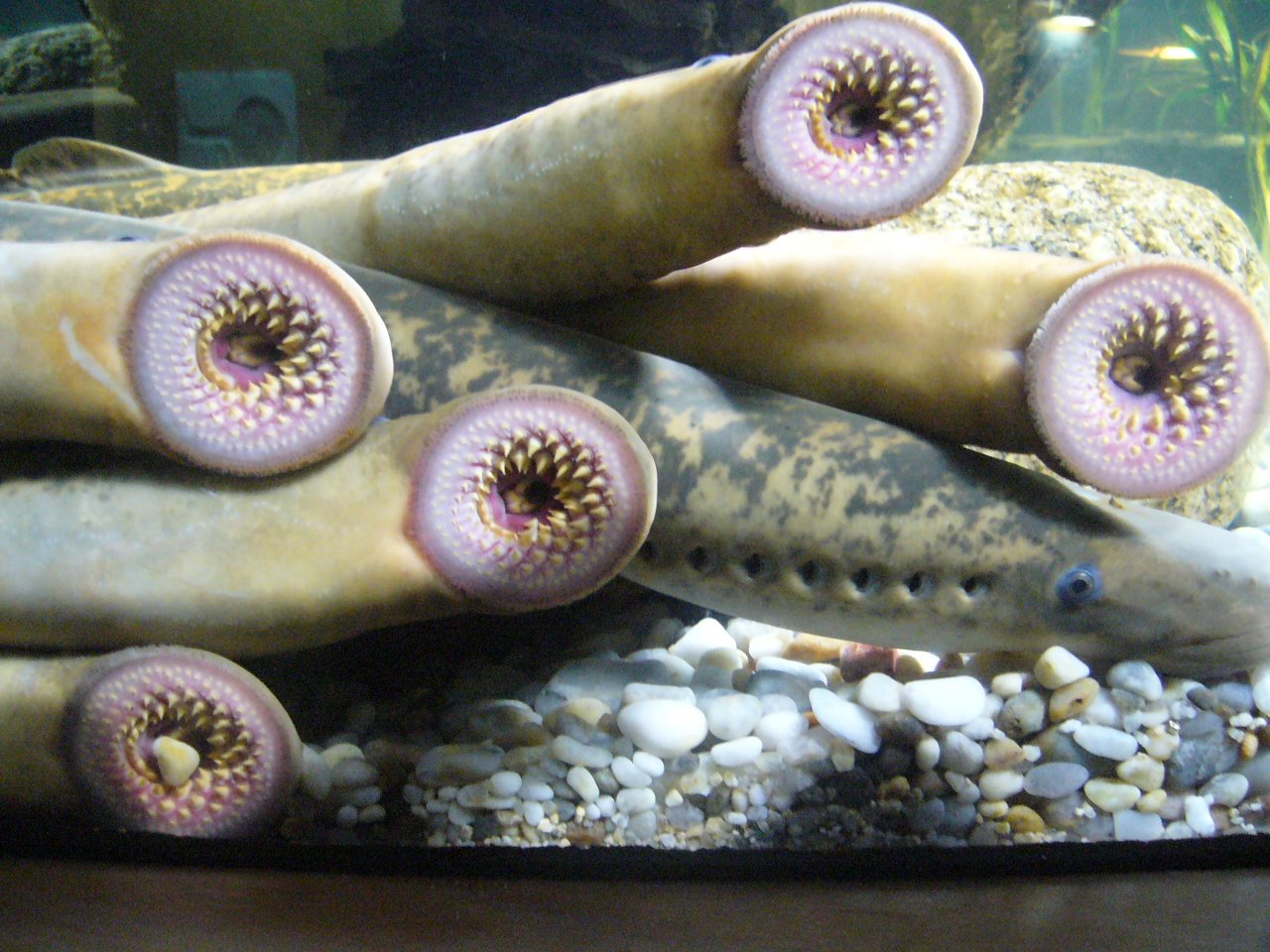
If ever there was a creature to haunt your dreams, it’s the sea lamprey. With a mouth like a circular saw and rows of razor-sharp teeth, these eel-like fish latch onto the bodies of trout and salmon, draining their blood. Sea lampreys invaded the Great Lakes through manmade canals in the early 20th century. Since then, their appetite for fish has devastated populations of lake trout, once a staple of Michigan’s commercial fisheries. Despite ongoing control efforts, lampreys remain a formidable foe, a reminder that nature’s most effective predators don’t always look the part.
Asian Carp: The Jumping Juggernaut

Asian carp are infamous for their athletic leaps and insatiable appetites. These fish, introduced to control algae in southern ponds, escaped into the Mississippi River and now threaten to invade the Great Lakes. Asian carp outcompete native fish for food, growing to massive sizes and reproducing rapidly. Videos of these fish leaping from the water, sometimes smacking unsuspecting boaters, have become legendary. Their potential arrival in Michigan’s waters has sparked intense debate and urgent action, as scientists warn that an established population could forever change the region’s fisheries and recreation.
Curly-Leaf Pondweed: The Sneaky Spreader
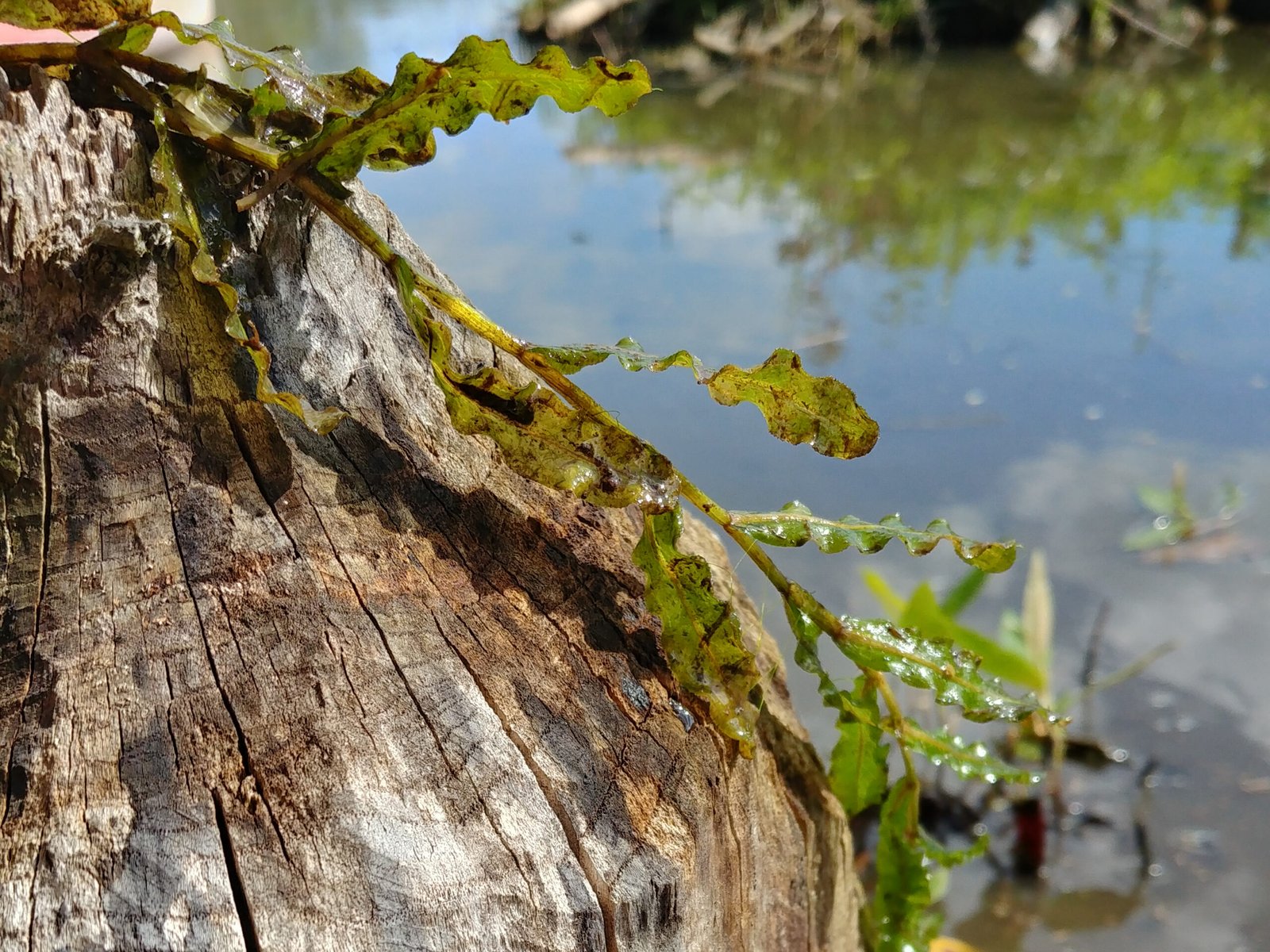
Curly-leaf pondweed might look harmless, but its wavy leaves hide a cunning survival strategy. Unlike native plants, curly-leaf pondweed grows early in the spring, stealing sunlight and space before other species even wake up. It forms thick underwater forests that crowd out native life, then dies back abruptly in summer, releasing nutrients that fuel harmful algal blooms. Its seeds and fragments are easily spread by boats and waterfowl, making eradication nearly impossible once it gains a foothold. This plant is a master of silent takeover, reshaping lakes from the bottom up.
New Zealand Mud Snail: The Tiny Tank
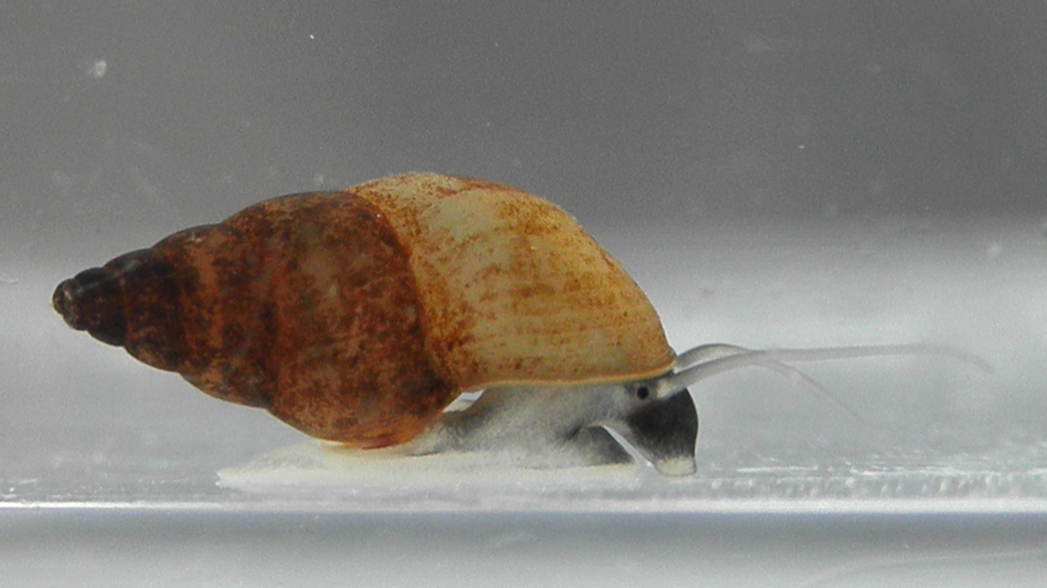
At first glance, the New Zealand mud snail seems unremarkable—just a tiny, brown shell crawling along the lakebed. But these snails are tough as nails, surviving drought, freezing, and even passage through a fish’s digestive tract. Once introduced, they multiply rapidly, reaching densities of hundreds of thousands per square meter. New Zealand mud snails outcompete native invertebrates for food, disrupting the base of the food web. Their resilience is almost legendary, earning them a reputation as one of the most stubborn invasive species in Michigan’s waterways.
Phragmites: The Towering Invader

Phragmites, or common reed, is an invasive grass that towers over Michigan’s wetlands like a green wall. Growing over 15 feet tall, it quickly crowds out native plants, transforming vibrant marshes into monocultures. Phragmites’ dense root systems dry out wetlands, reduce habitat for birds, and block access to the water for people and wildlife alike. Its rapid expansion is fueled by both seeds and underground runners, making it nearly impossible to eradicate once established. These giant reeds are silent conquerors, reshaping entire landscapes with little warning.
Bloody Red Shrimp: The Flashy Newcomer
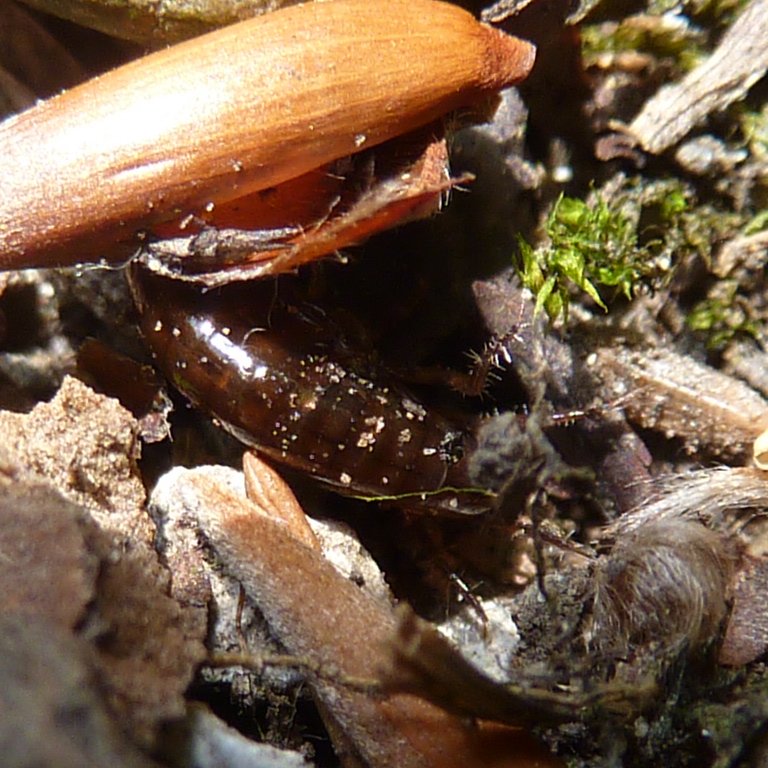
The bloody red shrimp is a recent arrival in Michigan’s waters, but it’s already turning heads. With their bright red coloration and swarming behavior, these shrimp look like a miniature alien army. Originally from the Black and Caspian seas, they feed on zooplankton and compete directly with small fish. Scientists worry that their unpredictable eating habits could destabilize food webs, leading to booms and busts in native populations. The bloody red shrimp’s flashy appearance is both a warning and a mystery, as researchers scramble to understand their long-term impact.
Fishhook Water Flea: The Sticky Hitchhiker

Fishhook water fleas are another tiny invader with an outsized impact. Their long, barbed tails get caught on fishing lines and nets, making them a bane for anglers. More importantly, they feast on the same zooplankton that support young fish, putting pressure on already stressed populations. Fishhook water fleas reproduce rapidly, hitching rides on boats to colonize new lakes. Their sticky, stubborn nature makes them a perfect example of how even the smallest species can create big problems in interconnected ecosystems.
Starry Stonewort: The Sneaky Choker

Starry stonewort is an invasive algae that forms dense, star-shaped mats on lake bottoms. Its thick growth smothers native plants and traps fish eggs, reducing habitat for everything from perch to pike. Starry stonewort spreads when fragments cling to boats or fishing gear, making prevention a constant challenge. Its ability to grow quickly and resist control methods has scientists concerned, especially as infestations spread from lake to lake. The star-like bulbils that give it its name are both beautiful and ominous—a reminder that the most deceptive invaders often hide in plain sight.
White Perch: The Hungry Competitor

White perch are small, silvery fish with a voracious appetite and a knack for invading new waters. Native to the Atlantic coast, they entered the Great Lakes via shipping canals. White perch compete with native fish for food and spawning grounds, sometimes eating the eggs of walleye and yellow perch. Their explosive population growth can tip the balance in delicate ecosystems, leading to declines in cherished sport fish. For anglers and conservationists alike, the rise of white perch signals a shift that’s hard to reverse.
VHS Virus: The Invisible Enemy

Viral hemorrhagic septicemia (VHS) isn’t a species but an invasive disease, yet its effects are just as dramatic. This deadly virus spreads quickly through fish populations, causing mass die-offs and altering the balance of entire ecosystems. VHS can infect more than 50 species, from muskellunge to perch, creating heartbreak for anglers and biologists. The virus arrived in the Great Lakes in the early 2000s, and despite strict regulations on bait and boat movement, outbreaks continue. VHS is a stark reminder of how invisible threats can sometimes be the most devastating.
Chinese Mystery Snail: The Slow Conqueror

Chinese mystery snails are large, spiral-shelled invaders with a knack for surviving harsh conditions. Released from aquariums or bait buckets, they establish new populations in lakes and ponds throughout Michigan. Chinese mystery snails outcompete native snails and disrupt nutrient cycles, sometimes clogging water intake pipes. Their hard shells make them unpalatable to predators, allowing them to multiply unchecked. Despite their slow movement, these snails are persistent invaders, spreading steadily across the state.
European Frogbit: The Floating Blanket

European frogbit is a tiny, floating plant with heart-shaped leaves and delicate white flowers. Its innocent appearance belies its invasive nature—frogbit forms thick mats on the water’s surface, blocking sunlight and oxygen from reaching native plants below. These floating blankets can quickly cover entire bays, slowing boat traffic and harming fish and amphibians. European frogbit spreads easily via seeds and plant fragments, making early detection and removal essential. It’s a gentle-looking invader with a suffocating grip.
Bighead Carp: The Feeding Frenzy

Bighead carp are among the largest and most feared invasive fish threatening Michigan’s waters. With gaping mouths and a nonstop appetite for plankton, these fish can reach over 100 pounds. Bighead carp filter huge amounts of water each day, stripping lakes of the tiny organisms that support native fish. Their potential to disrupt food webs and ruin recreational fishing is immense. The thought of these giants swimming in Michigan’s lakes is enough to send a chill down any angler’s spine.
Red Swamp Crayfish: The Escaping Escape Artist

Red swamp crayfish, with their bright red shells and bold personalities, look like they belong in a seafood restaurant—except they’re wreaking havoc in Michigan’s wetlands. These crayfish dig deep burrows, undermining shorelines and irrigation systems. They eat almost anything, including native plants, fish eggs, and even small amphibians. Their escape-artist tendencies mean they can spread from pond to pond, making containment a constant challenge. Red swamp crayfish are classic troublemakers, combining destructive habits with a flair for survival.
The Uncertain Future of Michigan’s Waters
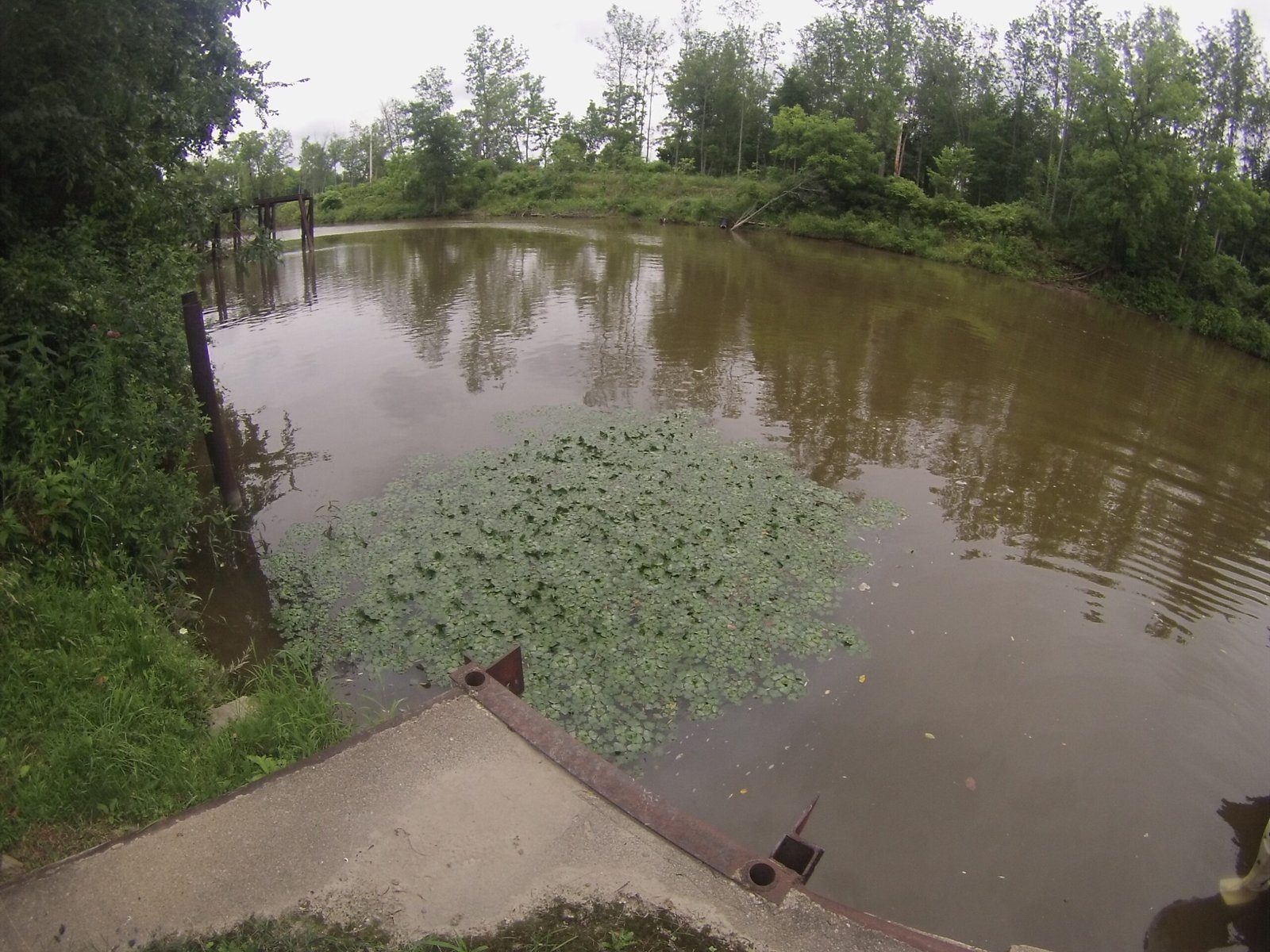
Michigan’s rivers and lakes are in a constant state of flux, shaped by waves of invaders that arrive, adapt, and often thrive at the expense of native species. Each invasive species brings its own challenges, from the saw-toothed mouths of sea lampreys to the tiny, sticky tails of water fleas. The fight to protect Michigan’s waters is ongoing, requiring vigilance, science, and a bit of luck. The resilience of local ecosystems is inspiring, but the threat posed by these alien-like invaders is real and ever-present. What would you have guessed—do the fiercest battles in Michigan really happen just beneath the surface?

